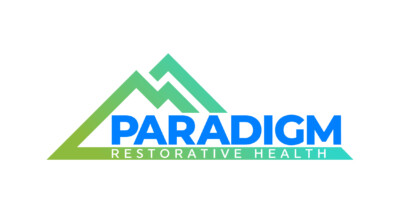
Paradigm Hormones Moore offers women’s wellness exams. On staff includes a nurse practitioner that has extensive experience in women’s wellness. In most cases a women’s wellness exam includes a pelvic exam and pap smear. It is also recommended that most women get their first pap smear by age 21. A pap smear is used for the detection of cervical cancer.
The American Congress of Obstetrics and Gynecologists recommend the following guidelines apply for most women:
- Women aged 21–29 years should have a Pap test alone every 3 years. HPV testing is not recommended.
- Women aged 30–65 years should have a Pap test and an HPV test (co-testing) every 5 years (preferred). It also is acceptable to have a Pap test alone every 3 years.
If you have had a hysterectomy, you still may need screening. The decision is mostly based on whether your cervix was removed. Even if your cervix is removed at the time of hysterectomy, cervical cells may still be present. If you have a history of cervical cancer or cervical cell changes, you should continue to have screening for 20 years after the time of your surgery.
To prepare for your wellness exam, consider the following:
- bring a list of concerns or questions
- discuss any health care concerns or problems
- review any ongoing health problems that may need more attention.
Most women’s wellness exams include the following:
- physical exam (including breast exam)
- pelvic exam and pap smear
- update on family health records
- review of your health history and ongoing health problems
- review of medications (bring list)
-
- discussion of birth control
Signs of Hormone Imbalance
- fatigue
- low libido
- moodiness
- memory loss
- fogginess
- anxiety
- depression
- irritability
- loss of muscle mass
- vaginal dryness
- weight gain
- headaches
- hot flashes
- night sweats
Diagnosis and Treatment of Polycystic Ovarian Syndrome
Polycystic ovary syndrome (PCOS) is a complex condition that is most often diagnosed by the presence of two of the three following criteria: hyperandrogenism, ovulatory dysfunction, and polycystic ovaries. Because these findings may have multiple causes other than PCOS, a careful, targeted history and physical examination are required to ensure appropriate diagnosis and treatment.
Common Symptoms of Polycystic Ovarian Syndrome
- hirsutism (condition in women that results in excessive growth of dark or coarse hair in a male-like pattern — face, chest and back)
- infertility and anovulation
- acne
